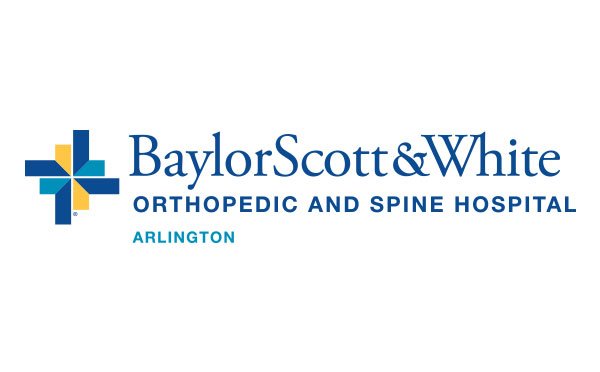TENNIS ELBOW Surgery (LATERAL EPICONDYLITIS)
What is Tennis Elbow (Lateral Epicondylitis)?
 Tennis elbow, or lateral epicondylitis, is a painful condition of the elbow caused by overuse, not to be confused with golfers elbow or little league elbow. Not surprisingly, playing tennis or other racquet sports can cause this condition. But several other sports and activities can also put you at risk.
Tennis elbow, or lateral epicondylitis, is a painful condition of the elbow caused by overuse, not to be confused with golfers elbow or little league elbow. Not surprisingly, playing tennis or other racquet sports can cause this condition. But several other sports and activities can also put you at risk.
Tennis elbow is an inflammation of the tendons that join the forearm muscles on the outside of the elbow. The forearm muscles and tendons become damaged from overuse — repeating the same motions again and again. This leads to pain and tenderness on the outside of the elbow.
There are many treatment options for tennis elbow. In most cases, treatment involves a team approach. Primary doctors, physical therapists, and, in some cases, surgeons work together to provide the most effective care.
SYMPTOMS OF TENNIS ELBOW (LATERAL EPICONDYLITIS)
The symptoms of tennis elbow develop gradually. In most cases, the pain begins as mild and slowly worsens over weeks and months. There is usually no specific injury associated with the start of symptoms.
Common signs and symptoms of tennis elbow include:
- Pain or burning on the outer part of your elbow
- Weak grip strength
The symptoms are often worsened with forearm activity, such as holding a racquet, turning a wrench, or shaking hands. Your dominant arm is most often affected; however both arms can be affected.
CONSERVATIVE TREATMENT OF TENNIS ELBOW (LATERAL EPICONDYLITIS)
 The first step in treating tennis elbow, especially for tennis players, is the hardest. It’s resting. Rest, ice, compression, and over the counter anti-inflammatory NSAIDS, are the first line of defense with Tennis Elbow. If at home treatment is not cutting it you may want to see a physician to try cortisone injections to add to rest, ice, and compression. Your physician may give you some exercises to try at home, and/or send you to physical therapy to try high voltage galvanic stimulation as well as strengthening, building endurance, and flexibility to the arm and forearm. A counterforce brace may be recommended as will as modification of your technique if your tennis elbow is caused by athletic participation. These therapies should be attempted compliantly for 6-12 months before considering surgical intervention as they have a 90% success rate vs. the 80-90% success rate of surgical intervention.
The first step in treating tennis elbow, especially for tennis players, is the hardest. It’s resting. Rest, ice, compression, and over the counter anti-inflammatory NSAIDS, are the first line of defense with Tennis Elbow. If at home treatment is not cutting it you may want to see a physician to try cortisone injections to add to rest, ice, and compression. Your physician may give you some exercises to try at home, and/or send you to physical therapy to try high voltage galvanic stimulation as well as strengthening, building endurance, and flexibility to the arm and forearm. A counterforce brace may be recommended as will as modification of your technique if your tennis elbow is caused by athletic participation. These therapies should be attempted compliantly for 6-12 months before considering surgical intervention as they have a 90% success rate vs. the 80-90% success rate of surgical intervention.
TENNIS ELBOW SURGERY (LATERAL EPICONDYLITIS SURGERY)
After 6-12 months of conservative treatment it may be time to discuss with your provider the option of having a surgical correction of your Lateral Epicondylitis, or Tennis Elbow, if you are unhappy with the relief you have experienced after compliantly following your doctor’s advice and receiving all modalities of conservative treatment.
OPEN TENNIS ELBOW SURGERY (LATERAL EPICONDYLITIS SURGERY)
Open surgery involves a surgical incision at the topside of the elbow joint where the muscle attaches to the bone. Diseased muscle will be removed along with any bone spurs that may be present causing the damage. Healthy muscle will then be grafted to the bone to replace the cut away section and then the surgeon will close the area.
ARTHOSCOPIC TENNIS ELBOW SURGERY (LATERAL EPICONDYLITIS SURGERY)
Arthroscopic Tennis Elbow surgery is going to be very similar to an open surgery but with more, but smaller incisions in the elbow. Diseased muscle will be cut away and healthy muscle will be grafted to the bone in its place. If any bone spurs are rubbing on the muscle and causing damage than they will be removed as well.
TENNIS ELBOW SURGERY RECOVERY
After having either open or arthroscopic surgery on your lateral epicondyle you can expect to go home the same day as this is an outpatient procedure. The area will be put in a splint that you will wear for a week after surgery. After the splint is removed your surgeon may instruct you to do some light stretching as you heal. After the two-month mark a physical therapy regimen will be added to start to increase flexibility and start to gradually build strength back. Maximum recovery is expected to be achieved in 4-6 months after surgery with between an 80-90% success rate. Some loss of strength is to be expected as it is very common after the removal of muscle and the atrophy from rest while healing.
Experiencing Tennis Elbow? Schedule an appointment today


